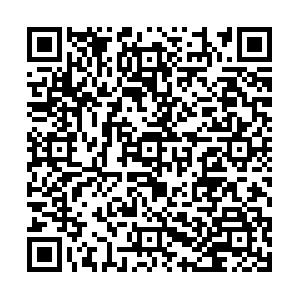古基因组学理论方法与全新世人类历史研究
Paleogenomics and Its Application in Human History Research
-
摘要: 古DNA是指从古代样本中获取的任何遗传物质。在过去的十年,我们见证了古DNA研究的一场革命。古DNA研究的焦点在很长时间内被限制在了线粒体DNA和一些有限的核基因组标记,但如今已经能够获得非常古老的全基因组数据。这一突破主要是缘于高通量测序技术以及获取高度降解、短片段DNA分子的能力,并催生了古基因组学。古基因组学常用的研究对象有线粒体、Y染色体和常染色体。近年来,古基因组学研究促进了认识全新世人类在各大洲的扩散。古基因组学像放射性碳测定年代一样,未来将成为考古学和历史学研究的常规工具。Abstract: Ancient DNA is any DNA extracted from ancient specimens. The past decade has witnessed a revolution in ancient DNA research. Although the field’s focus was previously limited to mitochondrial DNA and a few nuclear markers, whole genome sequences from the deep past can now be retrieved. This breakthrough is tightly connected to the massive sequence throughput of next generation sequencing platforms and the ability to target short and degraded DNA molecules, which gave birth to the palaeogenomics. The commonly objects of palaeogenomics generally include mtDNA, Y chromosome and autosome. By providing time-stamped genetic data, ancient DNA has addressed many significant problems in modern human history, including the worldwide diffusion during Holocene. Today, palaeogenomics is likely soon becoming a standard tool in archaeology similar to radiocarbon dating, allowing genetics to enter into a fruitful symbiotic relationship with archaeology and history.
-



 下载:
下载:






 沪公网安备 31010102003103号
沪公网安备 31010102003103号